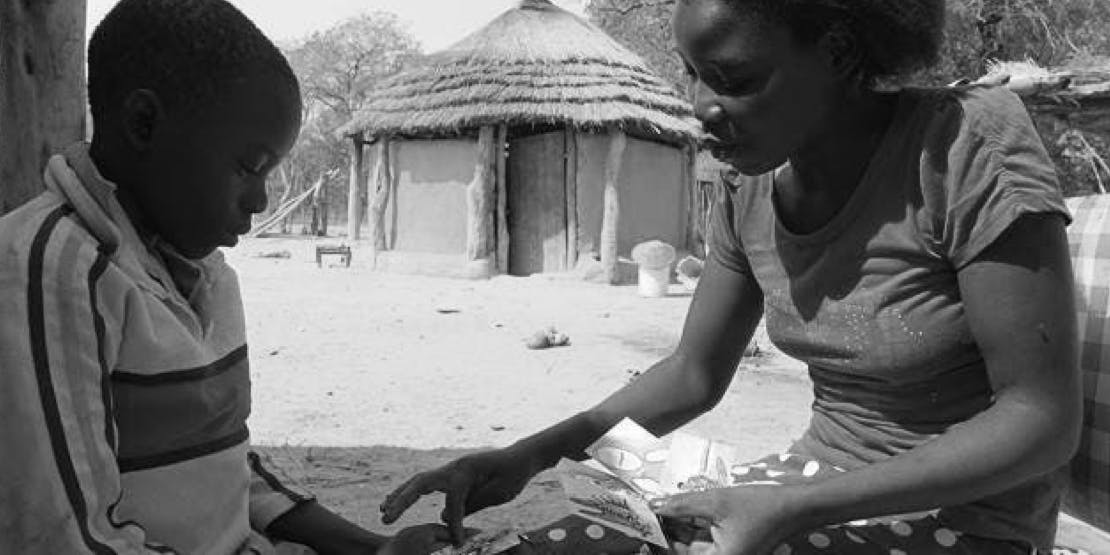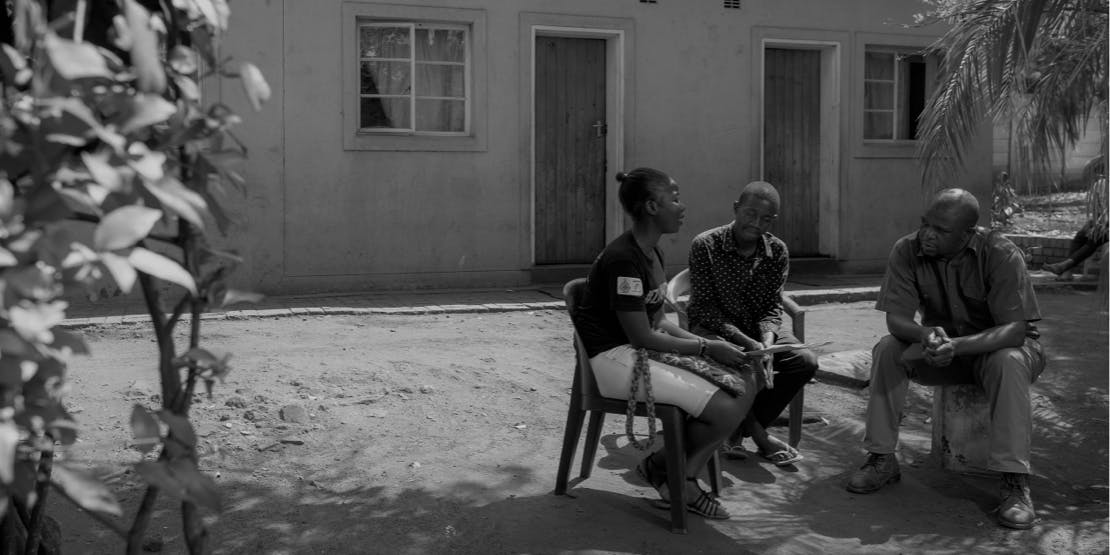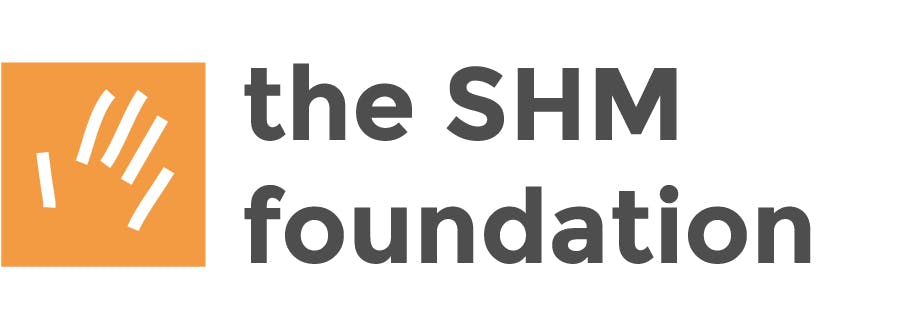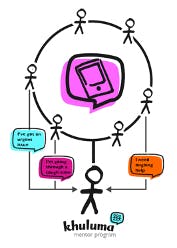CASE STUDY: THE ZVANDIRI PROGRAMME
SUPPORTING ADOLESCENTS AND CHILDREN WITH HIV IN ZIMBABWE
INTRODUCTION

The Zvandiri (‘As I am’) programme is a model of differentiated clinical and psychosocial service delivery for children and adolescents living with HIV developed in response to an identified need for tailored support services for these key populations. Zvandiri combines support groups, community outreach, Community Adolescent Treatment Supporters (CATS), mobile health and child and adolescent friendly clinic services to directly influence children and young people’s experience treatment outcomes, mental health and social protection. The CATS intervention has now been adopted or adapted in eight countries in the region.
THE NEED
The Zvandiri programme responds to the recognition that, whilst paediatric antiretroviral therapy (ART) is being rolled out in Zimbabwe, there is little if any provision for children and adolescents’ broader psychosocial and treatment needs. Since its inception, Zvandiri has evolved a unique model of integrated, community-based psychosocial support and health services for children and young people living with HIV.
This short documentary demonstrates the key role the Zvandiri CATS play in supporting their local communities and addressing this need:
THE ZVANDIRI TRIAL – CESHHAR
Through funding by ViiV Healthcare’s Positive Action, the Centre for Sexual Health and HIV/AIDS Research (CeSHHAR) conducted a cluster randomised controlled trial to evaluate the programme in Zimbabwe. The results of the trial showed that the Zvandiri programme is effective in improving viral suppression among adolescents living with HIV and adds to the growing body of evidence supporting the World Health Organization’s (WHO) recommendations for community-based interventions to aid ART adherence and retention in care.

The results of this trial, which studied 500 adolescents living with HIV, found that the prevalence of virologic failure/death among adolescents in the Zvandiri programme was 42% lower than among those solely receiving standard HIV care at rural clinics. This suggests peer-supported community-based differentiated service delivery can improve HIV virological suppression in adolescents with HIV.1
The data also showed that the programme successfully impacted adolescents’ lives through a focus on shared experiences, role modelling, and supportive friendship. Their understanding of their treatment also improved - as did the understanding of their caregivers – which allowed them to better adhere to their treatment.
Adolescents living with HIV credited the Zvandiri programme for relieving their sense of isolation and reducing their fear of the present and future implications of their HIV status. Further, community adolescent treatment supporters stationed in clinics were able to positively influence the attitudes of healthcare workers towards adolescents with HIV, so creating a more open and receptive environment in which people living with HIV could disclose their HIV status.
Overall, the findings indicate that the effectiveness of the comprehensive Zvandiri wraparound programme is in line with approaches advocated in the 2019 UNAIDS Global AIDS update. It is hoped further analysis and dissemination of the results could help inform cost-effective strategies to optimise the public health impact of ART and maximise the overall wellbeing of adolescents with HIV.
THE ZVANDIRI LOUNGE & TOOLBOX – THE SHM FOUNDATION

A second report researched impact of the Zvandiri approach on the CATS themselves. Being a peer supporter improved adherence, confidence and connections to support. It highlighted a need for psychosocial support to help manage status disclosure and the emotional strains of being a supporter and noted that success of a peer-led intervention depends on support mechanisms for the well-being of the peer supporters.

The SHM Foundation and Zvandiri co-designed programmes with CATS. Creative techniques helped understand the experience of CATS and design peer-to-peer models that would sustain their support for young people living with and affected by HIV.
Our aim was to develop a model right from the beginning that could be scaled up if successful so as to be a regular day to day support system for the CATS.
Two new interventions were developed:
Zvandiri Toolbox –
- A set of resources for CATS based on the topics and challenges raised during consultation, e.g., grief and economic sustainability.
Zvandiri Lounge –
- A peer-to-peer anonymous support platform where 70 adolescent CATS could access peer and professional support informally, anywhere and at any time via mobile phone.
- The lounge also provided critical pathways for referral of adolescents living with HIV who needed more acute care from the psychologist or their district mentor.

IMPACT SO FAR
A replicable, scalable model has been developed - the lounge model is demonstrating better health outcomes for peer supporters living with HIV, and in turn the clients they support, particularly in highly stigmatised areas.
The provision of a tailored, anonymous phone-based support system for peer supporters could help Zvandiri to:
- Engage and support CATS with issues such as disclosure, relationships, and development for their peers
- Augment the referral systems across their districts
- Engage young people living with HIV who face barriers to support, e.g., time, stigma and logistics
Positive mental wellbeing and treatment outcomes - High uptake of the model by CATS (89% of participants used the support groups) is resulting in positive outcomes:
- Participants were more likely to disclose their HIV status
- Internalised stigma was notably reduced, improving perceptions of their self and their status.
- Improving viral suppression across CATS
- More CATs reported they had a personal support network
Evidence and Capacity Building – Zvandiri and The SHM Foundation both developed data and a deeper understanding of the challenges faced by CATS to help design sustainability into programmes and support structures, demonstrated in this report.
If you get any side effects, talk to your doctor, pharmacist, or nurse. This includes any possible side effects not listed in the package leaflet. You can also report side effects directly via the GSK Reporting Tool link https://gsk.public.reportum.com/. By reporting side effects, you can help provide more information on the safety of this medicine.
If you are from outside the UK, you can report adverse events to GSK/ ViiV by selecting your region and market, here.